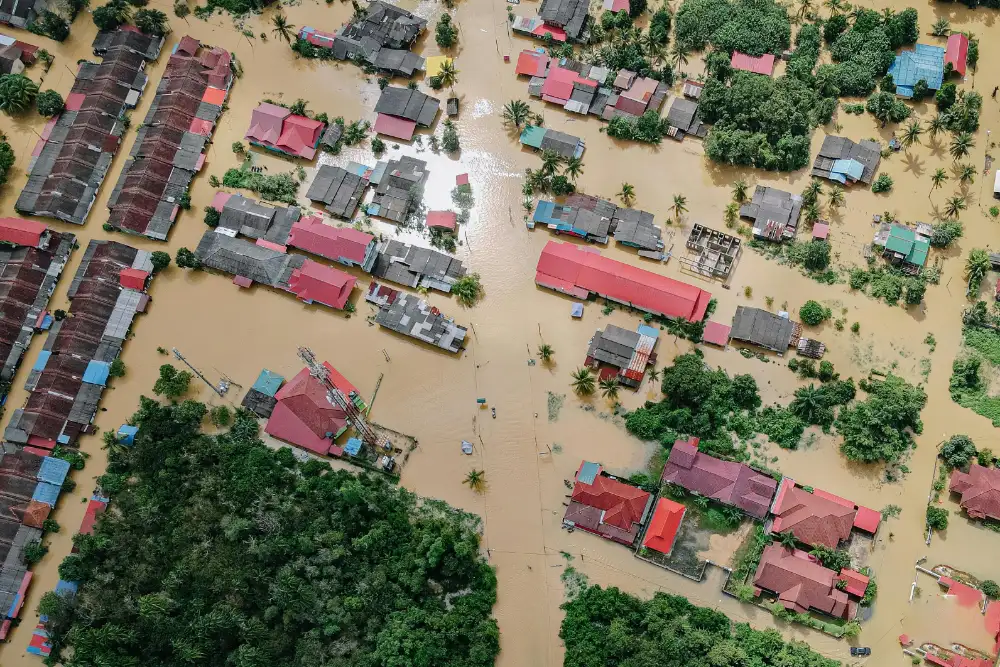Strengthen Resilience with Proactive Risk Mitigation
Scroll Down
Building Resilience Through Strategic Mitigation
Mitigation is a cornerstone of any effective disaster recovery strategy, designed to reduce the long-term impact of disasters by minimizing damage and loss. Through proactive measures—such as reinforcing infrastructure, strengthening buildings, and enhancing early warning systems—communities can better protect high-risk areas and reduce future vulnerabilities. By integrating these forward-thinking strategies into your recovery plan, you not only improve resilience but also pave the way for a faster, more efficient recovery when disasters strike. At GrantCity Consulting, we specialize in implementing mitigation strategies that safeguard your community and ensure a smoother path to recovery. Let us help you build a stronger future by reducing risks before disaster hits.
The Five Stages of a Disaster Recovery Plan
A comprehensive disaster recovery plan is divided into five key stages:
Prevention
Identify potential hazards and create safeguards to reduce their impact on individuals and communities.
Mitigation
Preparedness
Response
Recovery

The Importance of Mitigation in Disaster Preparedness
Mitigation is a critical component of any disaster preparedness strategy, significantly reducing the impact of disasters on both communities and individuals. By implementing a combination of structural defenses—like flood walls, safe rooms, and dams—and non-structural measures, such as updated building codes and clear evacuation routes, you can greatly reduce potential damage. These proactive steps ensure that homes and businesses in high-risk areas are prepared to face disasters head-on.
Mitigation not only helps break the cycle of destruction seen in vulnerable areas but also incorporates the latest safety technologies to protect your assets and minimize risks. Beyond limiting damage, effective mitigation lowers recovery costs and accelerates the return to normalcy. Most importantly, it saves lives. As a vital part of any disaster recovery plan, mitigation ensures the long-term safety of your property, community, and loved ones, creating a more resilient future.
Strategic Mitigation for Lasting Resilience
At GrantCity Consulting, our specialized mitigation services are designed to minimize the impact of natural disasters and build long-term resilience in your community. We provide expert structural assessments, hazard mapping, risk analysis, and customized emergency planning to proactively address vulnerabilities. Through training and support, we empower individuals and community leaders to better prepare for future disasters. Leveraging our deep experience with federal and state programs, we help reduce recovery costs by implementing effective mitigation strategies that protect both resources and infrastructure.
Unlock the Power of FEMA’s Hazard Mitigation Assistance
FEMA’s Hazard Mitigation Assistance (HMA) program provides essential funding to reduce future disaster risks and protect your community. At GrantCity Consulting, our experienced team helps you navigate the complex application process, ensuring you maximize the benefits of these programs. By partnering with our knowledgeable consultants, you’ll gain expert guidance to secure funding, implement effective mitigation measures, and streamline your recovery, all while strengthening long-term resilience.


